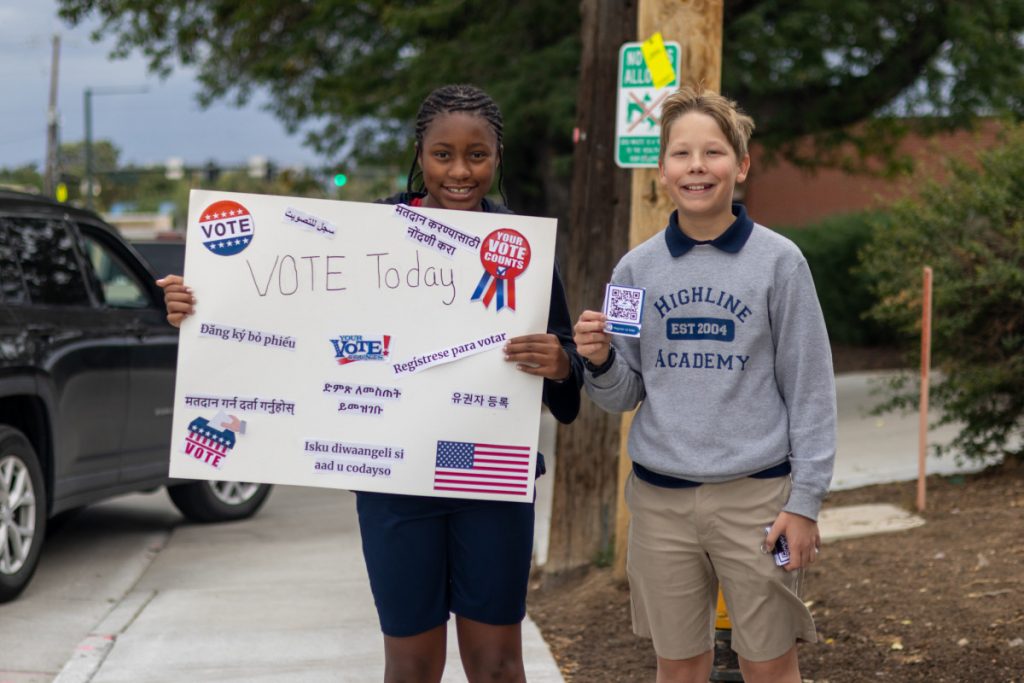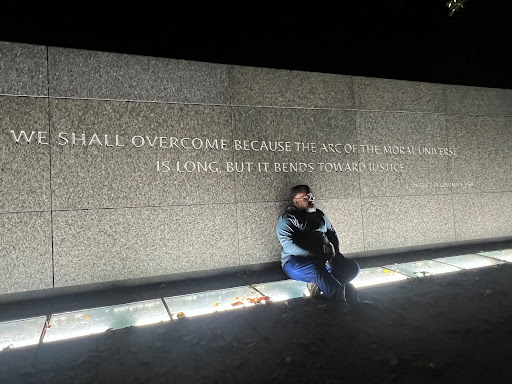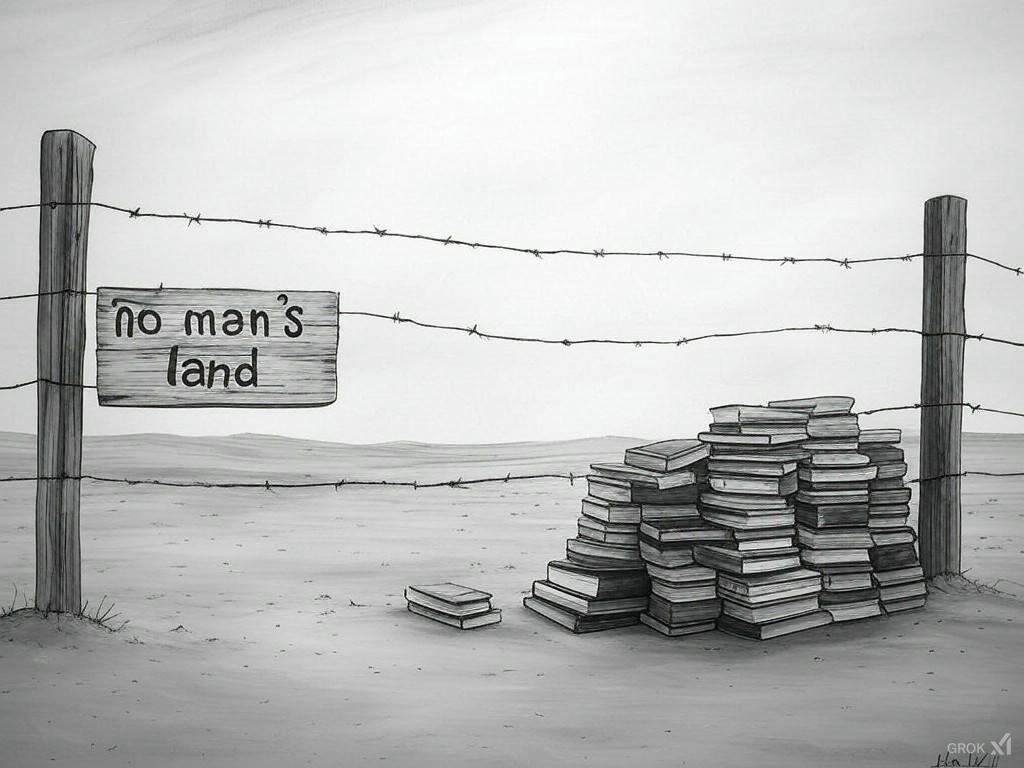Editor’s note: This article was written by Elly Havel-Nowskiwski, an eighth-grade social studies teacher at Highline Academy in Denver.. See her full bio at the bottom of the article.
It has always been important to me to be involved in the democratic process, so teaching eighth-graders about elections is one of the most meaningful units I cover each year.
I’ve spent 10 years in the classroom, and during my five years at Highline Academy, I’ve made it a priority to show my students that voting is not just a right, it is a responsibility. There are many roadblocks to voting across this country and there has been so much fight for all Americans to vote throughout our history; it feels imperative for all of us to participate.
Today, where so much of what we hear in the news is more opinion than fact, it’s hard for anyone—let alone middle schoolers—to discern facts from bias. For the last seven years, I’ve taught current events and media literacy to help students understand that even primary sources have biases and how to identify them.
I want my students to know how to evaluate sources, recognize bias, and learn how campaigns, media, and advertising can shape our thoughts. Especially in a time when social media and clickbait articles often drive the conversation, they must know how to find the facts that matter.
Every election feels like a big election because they all are, but this one feels wildly important as the first time a woman of color is the leading party candidate. But this election also feels very tense. It feels more personal. As someone who teaches U.S. history and emphasizes how the Constitution is a living document, it’s vital that my students understand the election process and how to participate in a way that feels encouraging.
Our election unit covers everything from the history of voting in the U.S. to how presidential nominees are chosen, how campaigns are run, and how electoral votes are counted. I also have my students research the candidates, including the vice-presidential candidates — not just their stances on key issues like the economy, healthcare, education, immigration, and climate change, but also direct quotes and policies that back up those positions.
They’re learning to ask, “Why do I disagree with this candidate?” and to base their opinions on the facts: Not what they hear at home or from peers, but to form their own opinions.
We talk through campaign propaganda strategies of the past and present. I ask students to identify those strategies and discover how they are used in the media. Using examples like fast food restaurants or wellness brands, how do those companies utilize propaganda to influence purchases or buy-in? I emphasize the media’s language and how that impacts our decisions.
We will hold a mock election where all middle-school students vote in their homeroom classes. It’s an opportunity for everyone to engage in the process and participate in selecting candidates that represent the changes they want to see.
The lesson emphasizes that we are choosing someone to do a job, not for a popularity contest. Staff will collect votes from ballot boxes and reveal the results based on the electoral college model, which helps them see how the system works—how voices are still represented, and how every vote matters. This also safeguards the vote for those in the minority choice of candidates.
Our eighth-grade students will also look at the Colorado ballot and review the multiple initiatives appearing this year. Students will record what ballot measures they would vote for and compare them to what passes and what doesn’t.
This isn’t just about preparing them for a future where they’ll vote. It’s about helping them see that their opinions matter now. Some of these eighth graders will be eligible to vote in the next presidential election and I hope that by the end of this unit, they know how to become informed voters, and can form their own opinions. That they can find their actual stance and vote on issues that are important to them.
We also empower our students to have these conversations at home — asking their parents what drives their voting decisions. Students made bilingual signs and registration cards to help parents get involved in the process. It’s inspiring to see the support we’ve received from families. Many parents have expressed how awesome it is that their kids come home eager to talk about these issues.
Ultimately, I hope that my students walk away knowing that voting isn’t just something that happens every couple of years — it’s a powerful tool they have to shape the world they want to live in. Whether or not they agree with every policy or candidate, I want them to be informed voters when they fill out their ballot for the first time.




